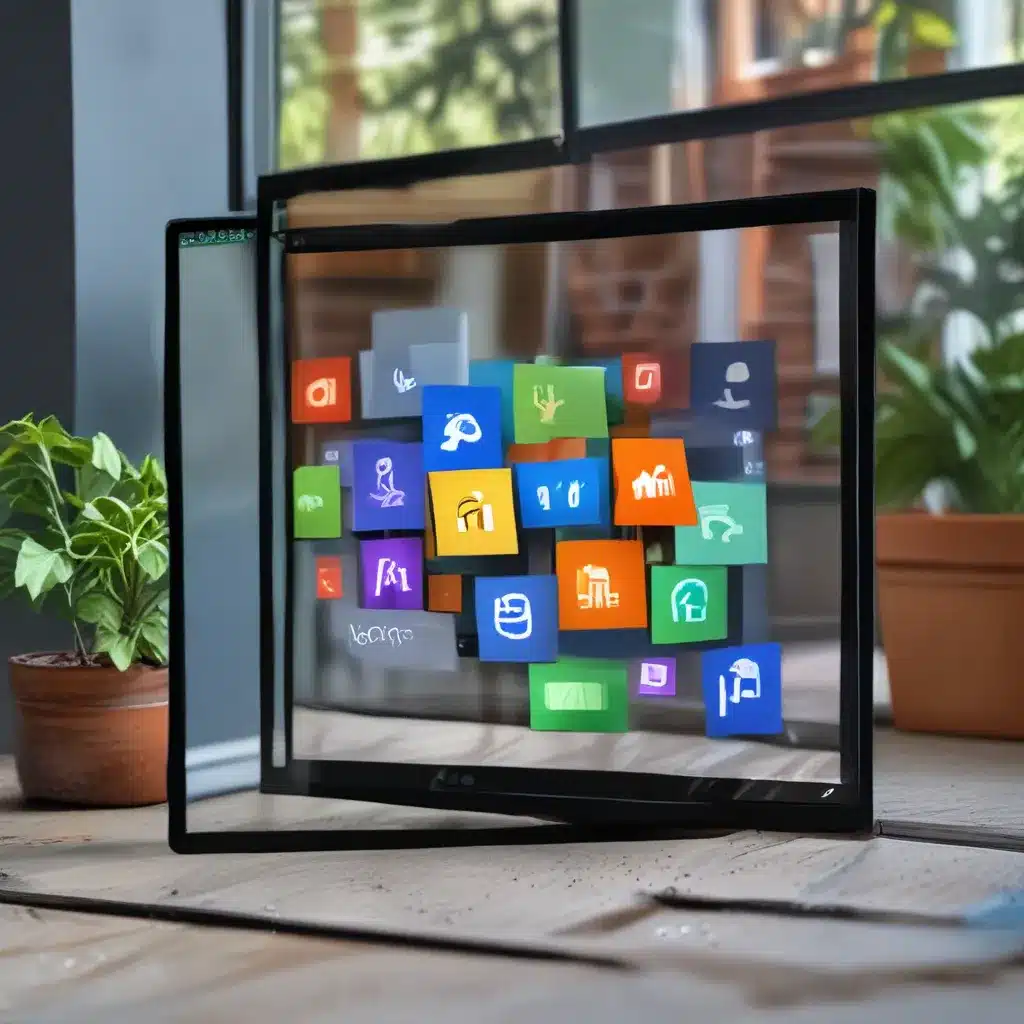
Rediscover Your Android Apps on the Big Screen
Have you ever wished you could seamlessly integrate your beloved Android apps into your Windows 11 experience? Well, friends, the day has come! With the Windows Subsystem for Android (WSA), you can now unlock a whole new world of mobile productivity and entertainment right on your desktop.
Unveiling the Windows Subsystem for Android
The Windows Subsystem for Android is a nifty little feature that Microsoft has cooked up, allowing you to run Android apps directly on your Windows 11 device. Think of it as a virtual playground where your favorite mobile apps can stretch their legs and frolic among the windows and widgets of your PC.
But wait, there’s more! This handy tool doesn’t just let you run Android apps – it also ensures seamless integration with the rest of your Windows experience. You can easily pin your Android apps to the taskbar, search for them in the Start menu, and even snap them into place alongside your desktop programs. It’s like having the best of both worlds, all wrapped up in a neat little package.
Setting Up Your Android App Playground
Now, I know what you’re thinking – “Sounds great, but how do I actually get started?” Fear not, my tech-savvy friend, I’ve got you covered. Getting set up with the Windows Subsystem for Android is a breeze, thanks to Microsoft’s handy-dandy instructions.
First things first, you’ll need to make sure your Windows 11 device meets the necessary requirements. This includes having a processor that supports virtualization and a display with a minimum resolution of 720p. Don’t worry, though – most modern PCs should tick these boxes without issue.
Once you’ve got the hardware sorted, the next step is to enable the Windows Subsystem for Android on your device. This can be done by navigating to the Windows Settings app, finding the “Apps” section, and then selecting the “Optional features” option. From there, simply search for “Windows Subsystem for Android” and click the “Install” button. Easy peasy!
Exploring the Android Appstore on Windows 11
With the WSA set up and ready to go, it’s time to dive into the world of Android apps on Windows 11. The key to unlocking this treasure trove is the Amazon Appstore, which Microsoft has integrated seamlessly into the operating system.
According to Microsoft, the Amazon Appstore on Windows 11 offers a curated collection of Android apps and games, all ready to be installed and enjoyed on your desktop. Simply search for the app you want, click “Get,” and watch as it magically appears on your Start menu and taskbar.
But hold on, there’s a catch – the Amazon Appstore is currently only available in select regions. If you’re not located in one of these areas, don’t fret! There are still ways to access a wider range of Android apps on your Windows 11 device. More on that in a bit.
Bridging the Gap: Running Android Apps on Windows 11
Now, I know what you’re thinking – “What if the app I want isn’t in the Amazon Appstore?” Well, my friend, there’s a solution for that too. Thanks to the wonders of sideloading, you can actually install Android APK files directly on your Windows 11 device.
Android Authority has a great guide on how to do this, but the gist is that you’ll need to enable Developer Mode in the Windows Subsystem for Android settings, then use the built-in ADB (Android Debug Bridge) tool to install the APK file. It’s a bit more technical, but it opens up a world of possibilities for accessing your favorite Android apps on the big screen.
Just keep in mind that sideloading does come with its own set of risks, so be sure to only download APKs from trusted sources. And if you’re feeling a bit apprehensive about the whole process, don’t worry – the Amazon Appstore is still the safest and most reliable way to enjoy Android apps on Windows 11.
Optimizing Your Android Apps for the Desktop Experience
Alright, so you’ve got your Android apps running on your Windows 11 device, but you might notice that they don’t always behave quite like their mobile counterparts. Fear not, the Windows Subsystem for Android team has put a lot of thought into ensuring a seamless desktop experience.
According to Microsoft, the WSA utilizes Intel Bridge Technology to enable ARM-based Android apps to run on x86-based Windows 11 processors. This means that even if your favorite app was designed for a smartphone, it should still be able to strut its stuff on your desktop.
That said, there are a few unique considerations to keep in mind when running Android apps on a Windows 11 device. For example, you’ll need to handle things like keyboard and mouse input, as well as window resizing and management. Luckily, the Android documentation has some great resources to help you optimize your apps for the desktop experience.
Unlocking the Full Potential of Android on Windows 11
As you can see, the Windows Subsystem for Android is a game-changer for anyone who loves the convenience and versatility of their Android apps. By seamlessly integrating these mobile favorites into the Windows 11 ecosystem, Microsoft has opened up a whole new world of possibilities for desktop productivity and entertainment.
So, what are you waiting for? Head on over to the itFix website, and let’s explore the endless possibilities of running Android apps on your Windows 11 device. Who knows, you might just discover your new favorite way to work, play, and everything in between.












